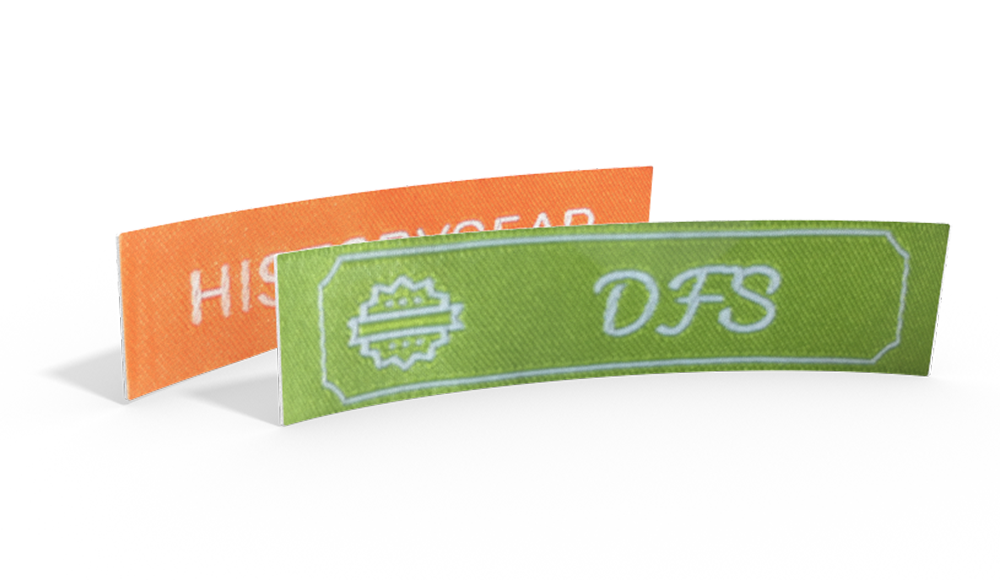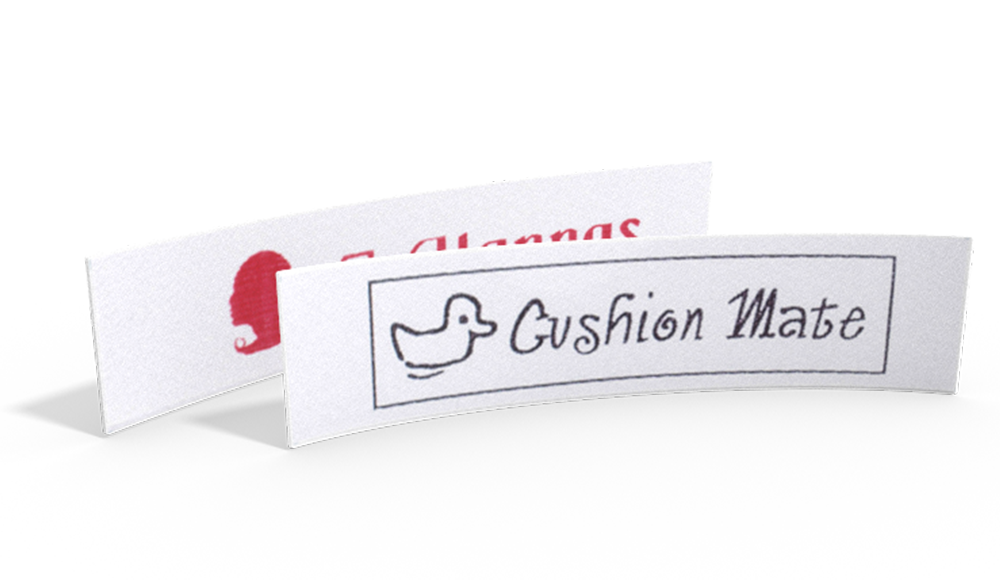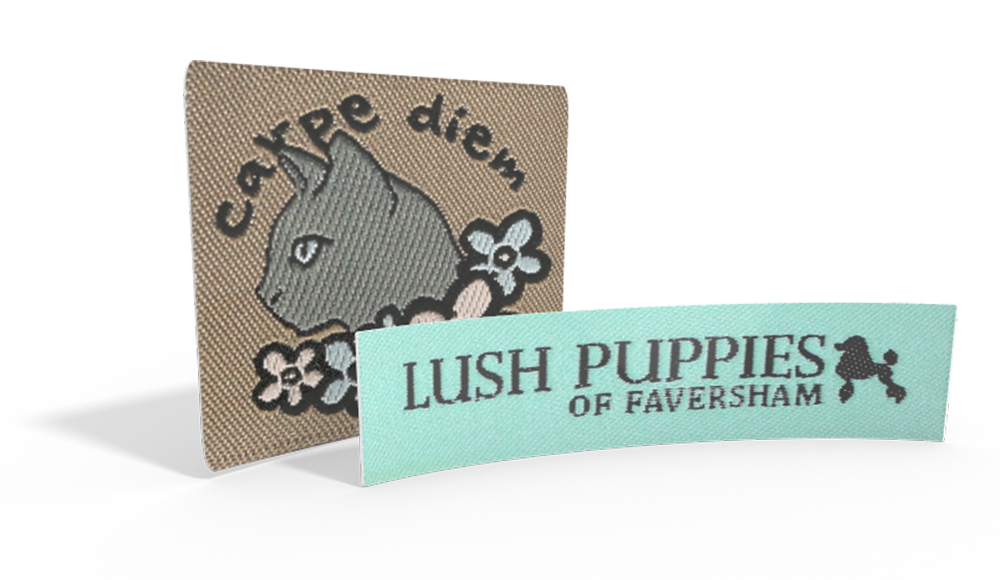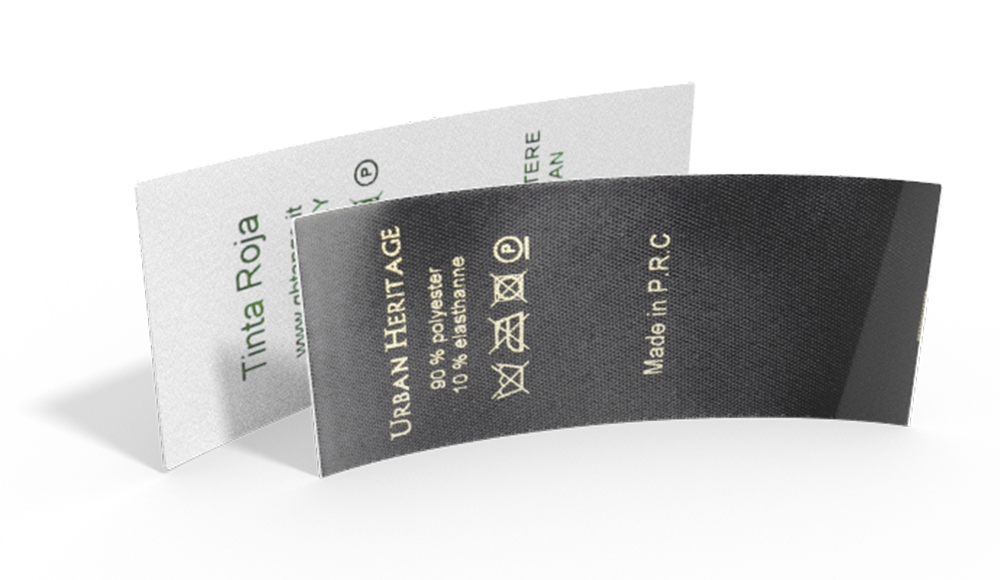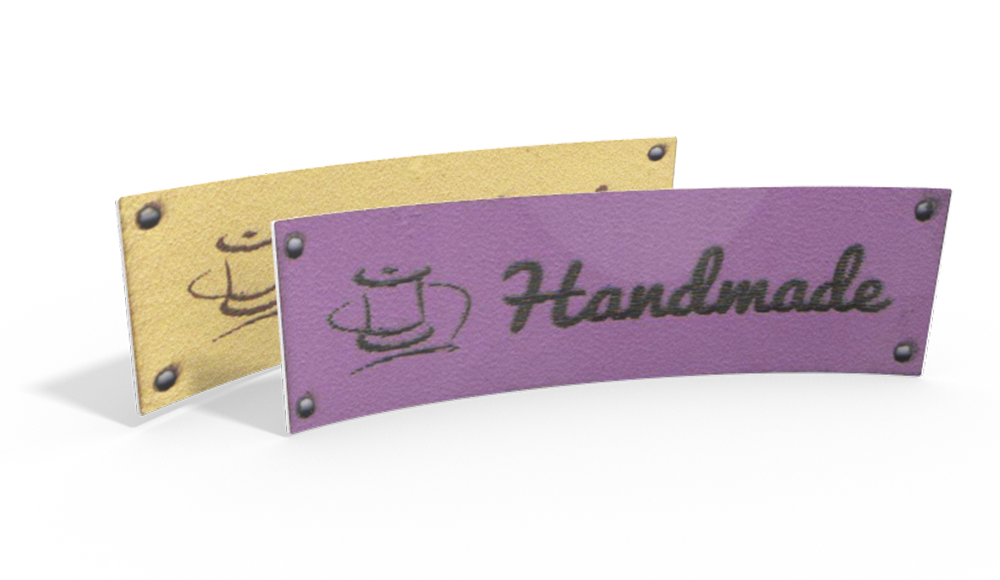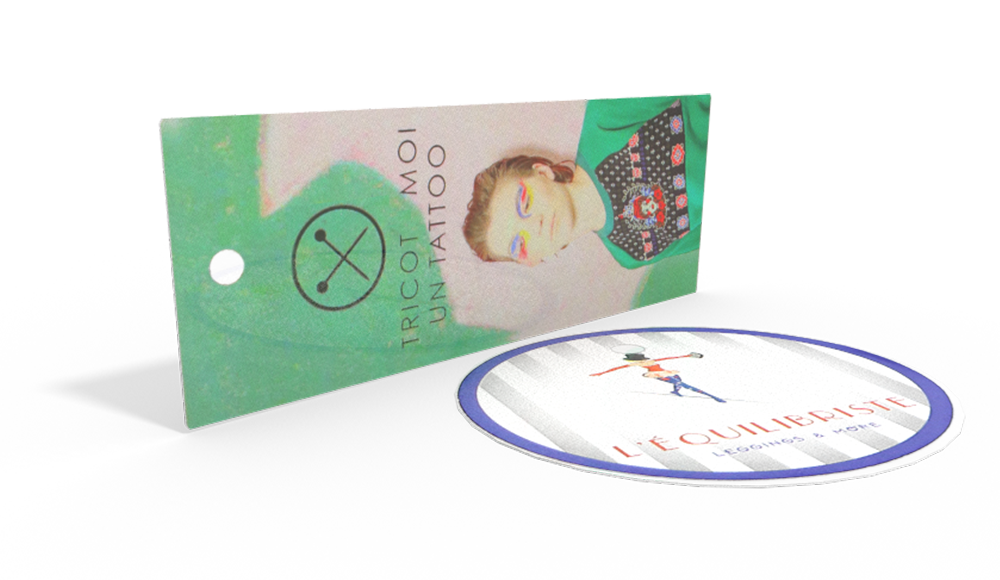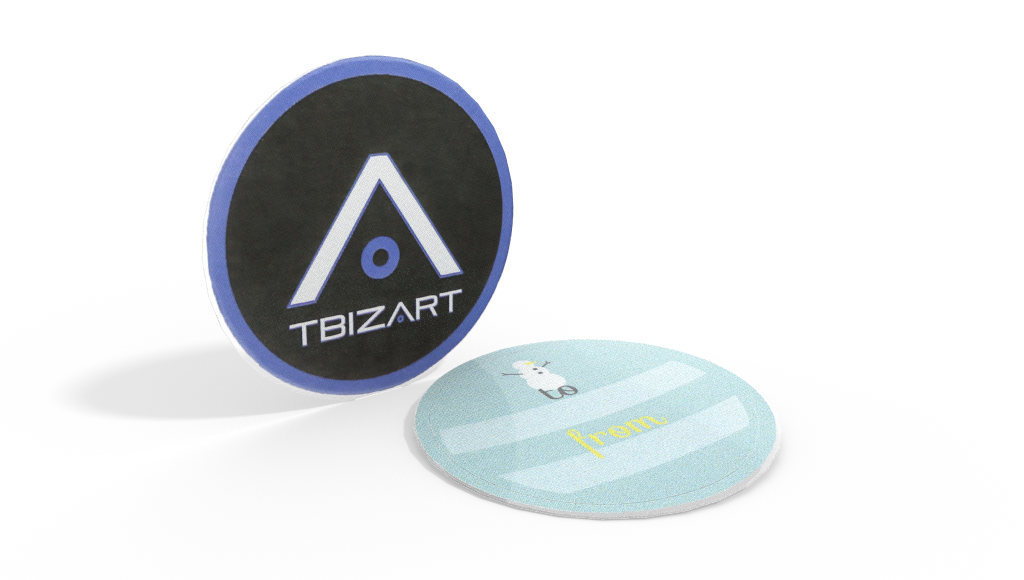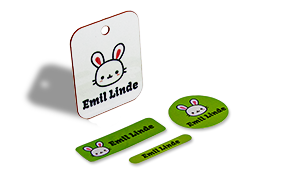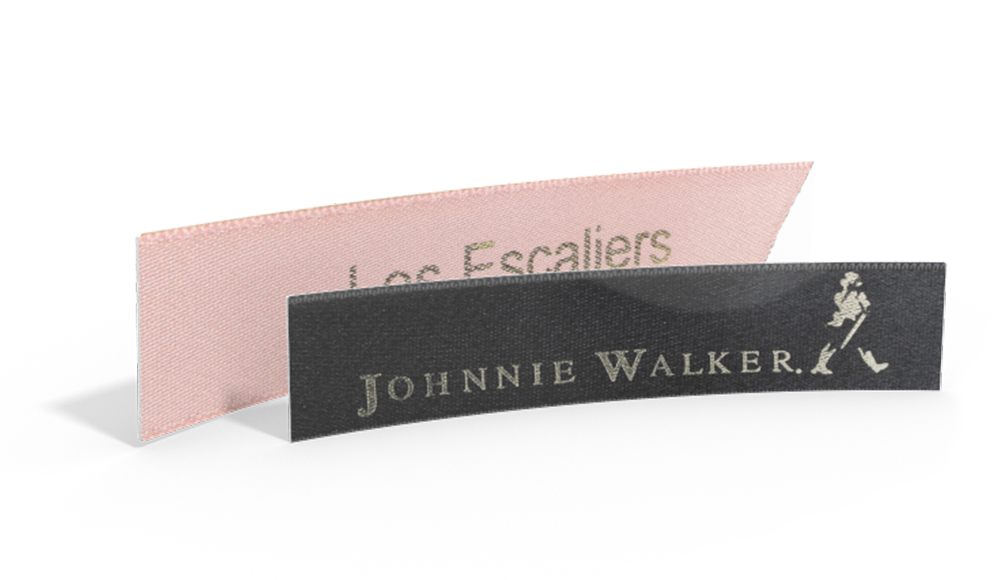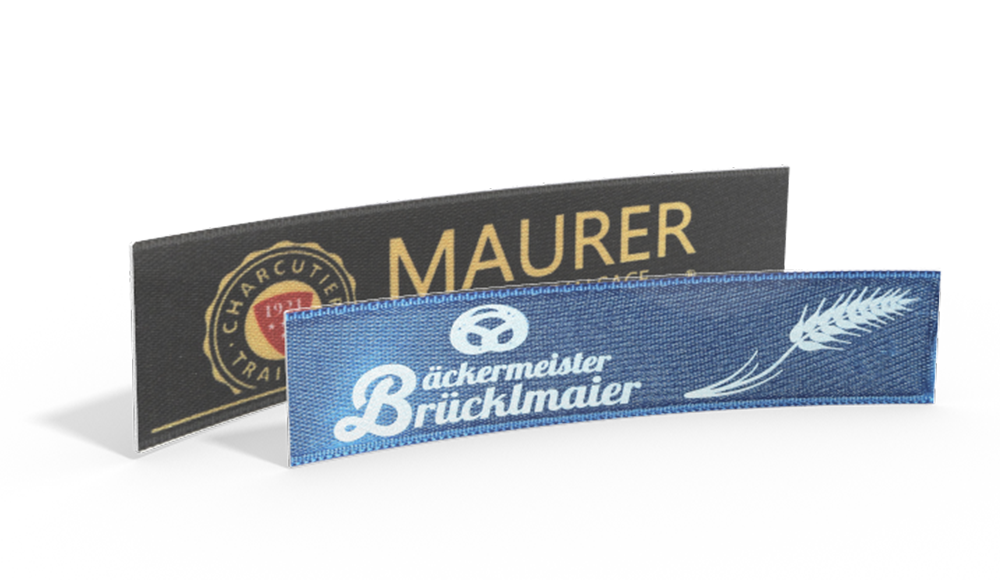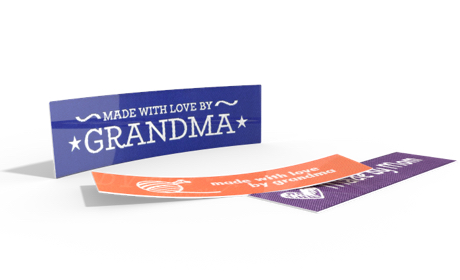Are you pregnant or do you have a friend, sister or colleague who is about to have a baby? Then your next project has to be to sew a cute DIY baby sleep sack to welcome the little one!
The baby will be kept warm, cozy and safe with enough room to move around and no struggling with a blanket. The sleeping bag can be customized to your taste, needs and the season by choosing different fabrics. For example, with a muslin sleeping bag baby will not get too hot in the summer months.
Babies like to be cozily wrapped when they sleep. A DIY baby sleep sack is ideal for this! They are said to have a calming effect on babies because it is nice and snug but not too tight.
And unlike with conventional blankets, there is no risk of suffocation. Many mothers also use the sleep sack when they breastfeed to prevent their baby from kicking so much.
Use our free baby sleep sack pattern to make a DIY baby sleeping bag quickly and easily. A happy baby means happy parents ;)
Tip: Attach a personalized label to your self-made sleeping bag to make it truly unique.
Our DIY baby sleep sack is suitable for babies up to 6 months and measures 18” x 13 ½” (45 x 34 cm).
Let’s get started!
You will need the following:
- Appr. 15 ¾” x 35 ½” (40 x 90 cm) fabric for the exterior - for example cotton jersey for a light summer sleep sack or fleece for a warm winter sleeping bag. Non-stretchy fabrics are also fine, as the baby sleeping bag is quite large.
- Appr. 15 ¾” x 35 ½” (40 x 90 cm) fabric for the interior – same as above.
- Ca. 13 ¾” x 10” (35 x 25 cm) cuff fabric
- A personalized woven label from Wunderlabel
How to Make a DIY Baby Sleep Sack
First we have to make the baby sleep sack pattern. It should look like a teardrop without the tip: Draw one half of the "drop" on a sheet of paper. The pattern should be about 15 ¾” (40 cm) long and 7” (17.5 cm) wide (at the widest point).
Next, cut the fabric pieces to size. You can calculate the width of the cuff fabric as follows: Measure the upper edge of the pattern (in our case 12 cm), multiply this number by 2.8 (in our case 33.6 cm). Cut a rectangle from the waistband fabric with this width and a height of 20 cm. Now cut out two pieces each of the outer and inner fabric: Fold the fabric together and use the pattern that you prepared earlier to cut out the required shape.


Sew the outer fabric with right sides together with a seam allowance of 1 cm, leaving the upper border open. Then sew the inside fabric together in the same way, but with a turning opening of about 10 cm at the bottom in the middle. If you have chosen stretchy fabrics, use a jersey or stretch needle and a stretch stitch (zigzag or 3-way straight stitch). If not, you can work with a normal straight stitch. Finally turn the outer bag right side out.

Prepare the cuff - sew the rectangle with right sides together on the short side with a seam allowance of 0.5 cm and iron the seam allowances apart. Fold the waistband in the middle with wrong sides together so that the open edges are on top of each other. Divide the waistband into four equally sized sections and mark these points with pins. Also mark the middle of the upper edge of the outer bag and the middle of the inner bag (the side seams are already "marked"!).

Put the cuff over the outer bag and pin everything together at the four marked spots. The seam of the cuff should coincide with a side seam of the sleeping bag. The cuff will be smaller than the romper bag - this is normal! Now put the whole thing into the inner bag so that the right side of the outer bag meets the right side of the inner bag. Pin everything together at all four marked spots.

Sew all layers of fabric together all the way around with an elastic stitch (e.g. zigzag stitch) and a seam allowance of 1 cm. Stretch only the cuff fabric, not the bag itself. If you are unsure, you can first secure the layers with a long straight stitch, which can be easily removed later (see picture).


Turn the sleep sack right side out through the turning opening and close it, either close to the edge with the sewing machine or by hand with an invisible ladder stitch. Put the inner bag into the outer bag and your sleep sack is done!


Last but not least, you can attach a nice name label to your baby sleep sack. Our labels are all Oeko-Tex (product class I) certified: This means that they are free of harmful substances and safe to use for baby accessories. So no need to worry about using them for your handmade sleep sack!

We hope you enjoyed our "How to Make a DIY Baby Sleep Sack" tutorial and would love to see your DIY baby sleeping bag on Facebook or Instagram using #wunderlabel!
Don't miss these blog posts from Wunderlabel:
Sewing Tutorial: Toy Storage Bag
Sewing Tutorial: DIY Car Organizer
Sew Your Own Belts for Back to School
Do You want to save this idea for later?
Simply bookmark the link to this blog post or add it to your "Favorites" so that you can quickly find it in your browser later.
Here is how to save the tutorial:
- On your computer: Click on the asterisk or the three dots in the top right hand corner or on the book icon in the top left hand corner (depending on the browser you use).
- On your Android smartphone: Click on the three dots in the top right hand corner and then on the asterisk.
- On your iPhone: Click the book icon at the bottom and add the link to your bookmarks or book list.

